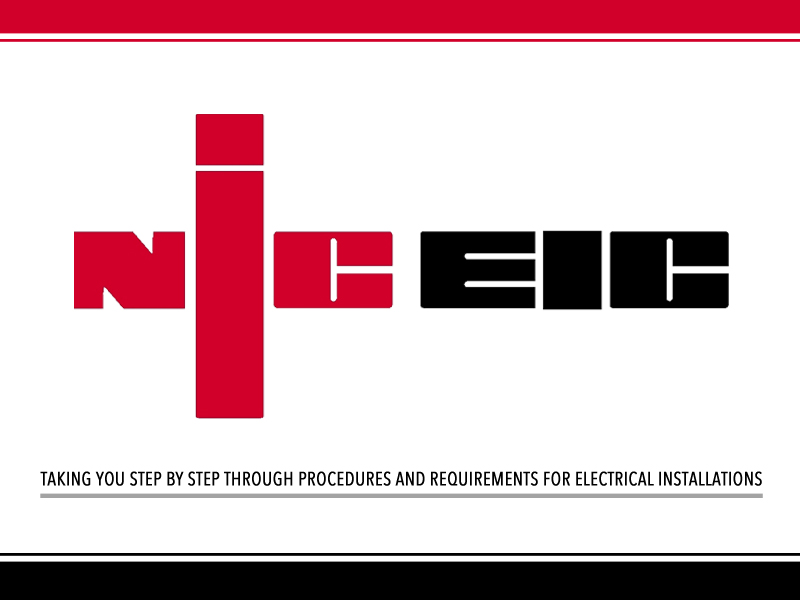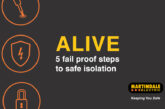
In this article the experts at NICEIC & ELECSA look at the particular problem of safely isolating central heating systems, which may have more than one source of electrical supply to the various component parts within the system.
Anybody working on a central heating system must be able to safely isolate it from all sources of supply prior to carrying out any work on it (Regulation 14 of the Electricity at Work Regulations 1989 (EWR).
Isolation and switching
The purpose of isolation is to make the electrical installation (or parts thereof) ‘dead’ and in the context of undertaking work, to permit an electrically skilled person to work safely on, or near, parts of the electrical installation which are normally live.
The particular risk that exists on certain central heating systems is that the boiler might be supplied from one point whilst other parts of the system are supplied from another.
Such an arrangement can lead to a situation where the person intending to work on the system believes they have safely isolated the system by cutting off the supply to, say, the boiler but they are unaware that the system or parts thereof are still energised.
The heating system may employ two or more separate and independent points of isolation. Any device selected to provide isolation must be appropriate to their application and meet all requirements of BS 7671 and, in particular those of Chapter 46 and Section 537.
 For example, where installed in an installation forming part of a TT system, Chapter 46 requires disconnection of all live conductors, including the neutral, whereas in an installation forming part of a TN system it requires disconnection of the line conductors only (Regulations 461.2 & 462.2).
For example, where installed in an installation forming part of a TT system, Chapter 46 requires disconnection of all live conductors, including the neutral, whereas in an installation forming part of a TN system it requires disconnection of the line conductors only (Regulations 461.2 & 462.2).
A typical situation may occur, for example, where it is desirable to work separately on the control system. This is permissible provided that:
a. there is no electrical connection between the parts of the system which are separately isolated, and
b. isolation of one point cannot be overridden by activation of the non-isolated parts of the system, and
c. the means of isolation are designed and/or installed so as to prevent unintentional or inadvertent closure (Regulation 462.3), and
d. each device used for isolation is clearly identified by position or durable marking to indicate the installation or circuit it isolates (Regulation 537.2.7).
However, where an installation or an item of equipment or enclosure contains live parts connected to more than one supply, Regulation 514.11.1 requires a durable warning notice to be placed in such a position that any person, before gaining access to live parts, will be warned of the need to isolate those parts from the various supplies.
It is recognised that there will be many instances where such warning notices have not been provided and the person carrying out safe isolation will need to apply due caution and carefully consider whether the assumed means of isolation is the only means of isolation. The person carrying out isolation must ensure that all sources of supply have been isolated.
 Switching off for mechanical maintenance
Switching off for mechanical maintenance
It may also be necessary to switch off the electricity supply in order for work to be carried out on the non-electrical parts of the central heating system (switching off for mechanical maintenance; Regulation 464.1). For safety, such a switch should be under the installer’s immediate control unless suitable means have been provided to prevent inadvertent or unintentional reactivation of the equipment.
The measures prescribed for this function in the case of isolation would also be appropriate in this case.
Summary
Great care must be taken when planning to work on heating systems that may contain two sources of supply. Before carrying out any work, ensure that all parts of the system that are to be worked on are safely isolated.
Get more details about NICEIC registration by clicking here








